CREATURE FROM THE BLACK LAGOON. The Last of the Greats
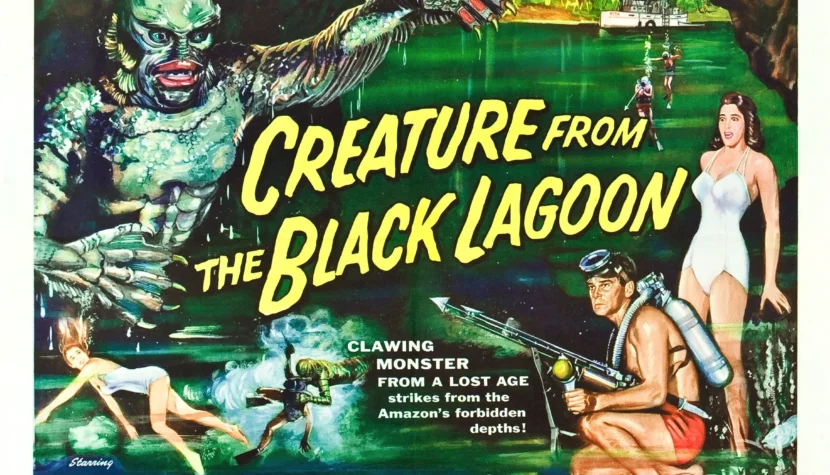
The venerable grandfather is German Expressionism, with Doctor Caligari and Nosferatu at the forefront, but it was in the United States in the 1930s that the real boom for various kinds of monsters and specters began. Under the baton of producer Carl Laemmle Jr., the studio produced such classic horror films as Dracula (1931), Frankenstein (1931), The Mummy (1932), The Invisible Man (1933), and Bride of Frankenstein (1935).
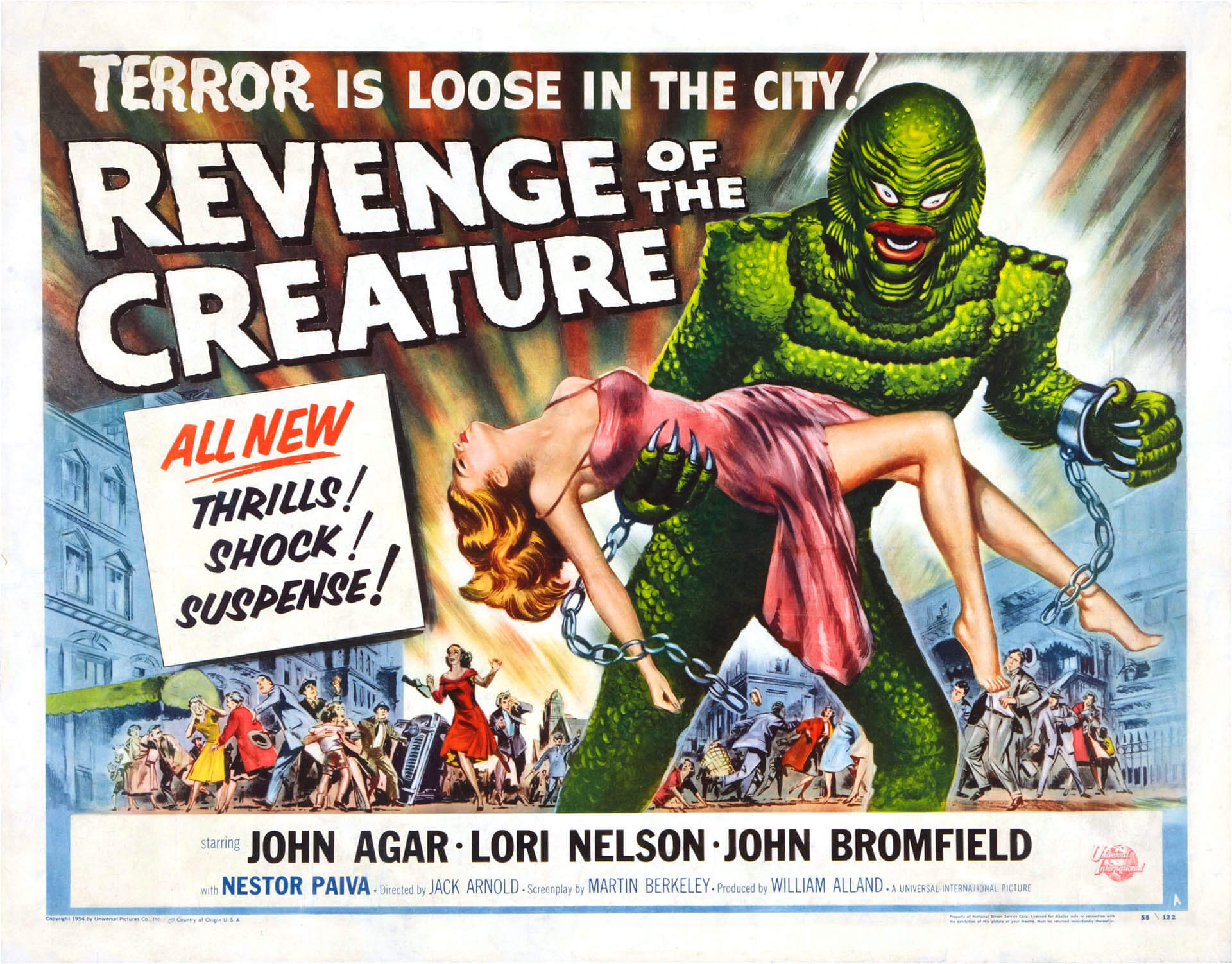
In the final scene of the trilogy, the Creature, dressed in human clothes by scientists, stands at the edge of the beach, nostalgically gazing at the sea. Despite no longer being able to breathe in the water, he instinctively feels that he has lost something. His home – the environment that defined him – was taken away by the true “monsters” – the scientists who trample over everything to achieve their goals. Not understanding that his gills are now useless, Gill-Man heads into the sea. But did he really not know that he could no longer function in his natural environment? Perhaps suicide in his lost home was his first conscious decision after being “humanized”? Could life as a human be so bad and toxic? The Monster became a man, and the men became monsters. As Marilyn Monroe said in The Seven Year Itch (1955) after seeing Arnold’s film in the cinema: He looked terrible, but he wasn’t really evil. I think he just needed a little affection, you know, a sense of being loved, wanted, and needed.
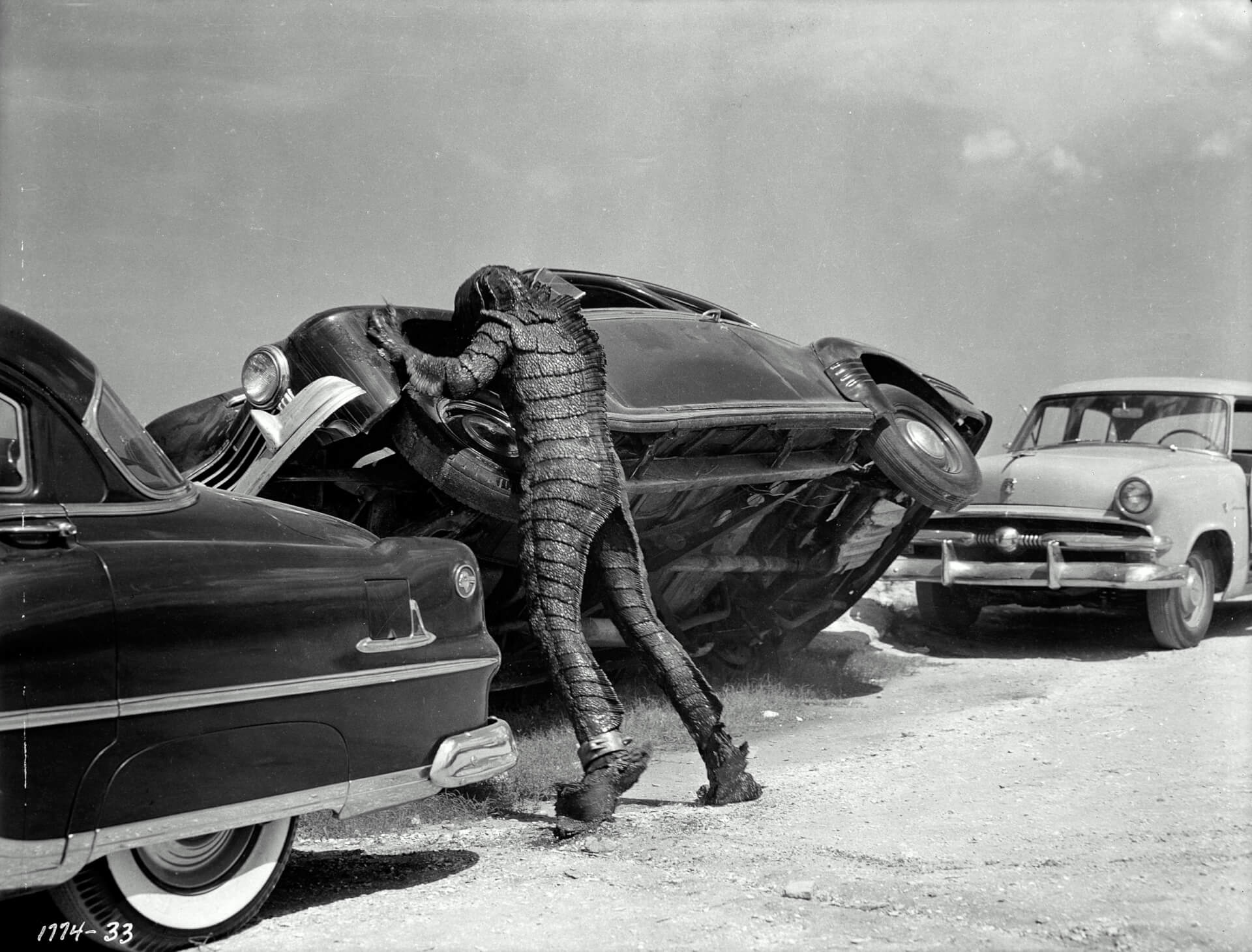
For years, there has been a struggle to bring the aquatic creature back to the screen. In 1982, John Landis – basking in the success of An American Werewolf in London – tried to convince Jack Arnold to prepare a new version of the film. Nigel Kneale, the British horror cinema legend, even wrote a script telling the story of a pair of monsters – one aggressive and the other affectionate. However, the project was ultimately shelved – as it turned out, permanently. In 1992, John Carpenter worked on his own version of Gill-Man’s adventures. The director responsible for such films as Halloween (1978) and The Thing (1982) seemed the best choice for revitalizing the dusty series. Unfortunately, there were also problems here, especially since his Memoirs of an Invisible Man (1992) – another attempt to renew the adventures of a classic character – turned out to be a financial failure. New names kept appearing on the horizon. Peter Jackson abandoned the project in favor of realizing his dream of making a new version of King Kong. Then Ivan Reitman withdrew, and the rising popularity of The Mummy from 1999 was not utilized, and in 2002, The Creature from the Black Lagoon joined the long list of films that Guillermo del Toro could not find time for. Over the years, the names associated with the project changed like a kaleidoscope. The latest news again suggests that a new version of Gill-Man’s adventures may finally see the light of day. The film is to be simply titled Black Lagoon, but this information remains highly uncertain. Given over sixty years of stagnation on the marine monster topic, the dates may continue to change for decades. Has the classic trilogy already told everything?
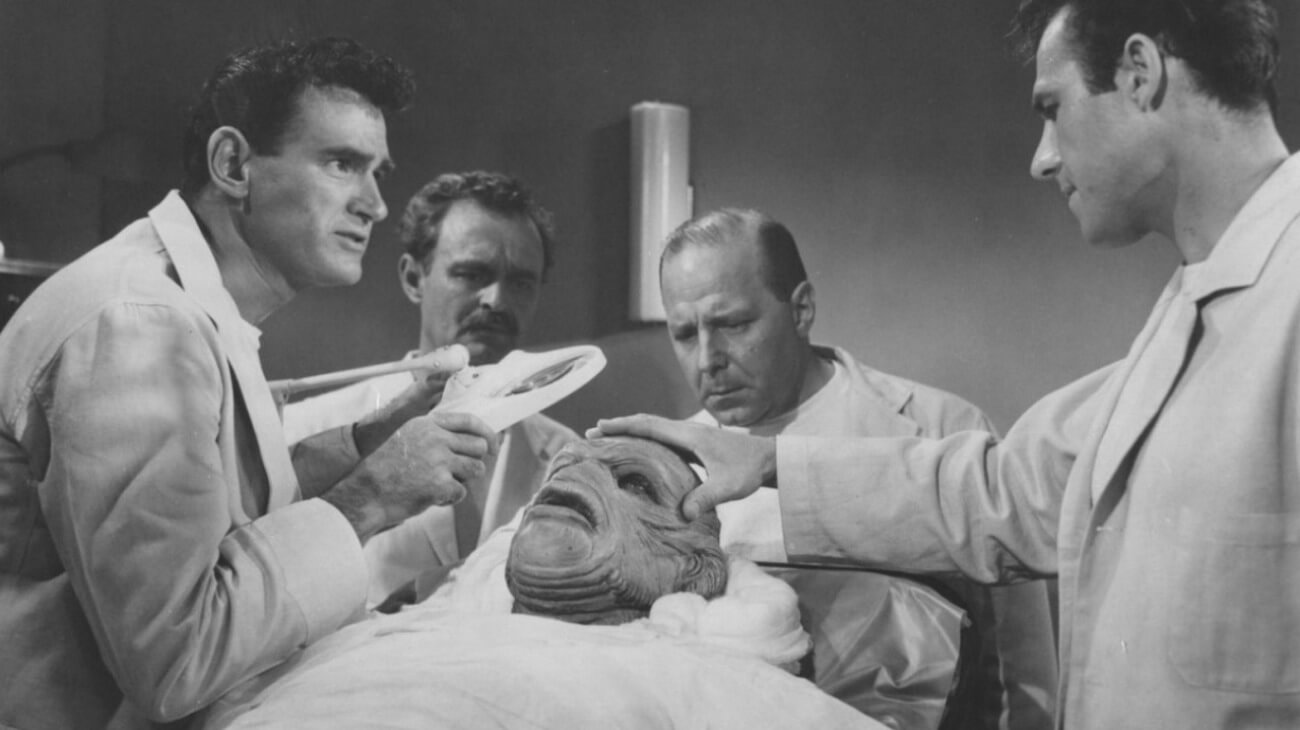
Gill-Man has also made a significant mark in pop culture, becoming a recognizable icon and one of the most famous fictional aquatic creatures. He frequently appears in stories that gather classic monsters, either in the background or openly presented. He has appeared in series like The Munsters (as Uncle Gilbert), The Simpsons, Robot Chicken (where he stated that he prefers the lagoon to be called “Afro-American Lagoon”), and animated films like The Nightmare Before Christmas (1993) and Hotel Transylvania (2012). The twentieth episode of the second season of Buffy the Vampire Slayer, titled Go Fish, presented a swim team that, after taking steroids mixed with fish DNA, transformed into Gill-Man-like water creatures. In 2009, Universal Studios even produced a musical based on the Monster’s story.
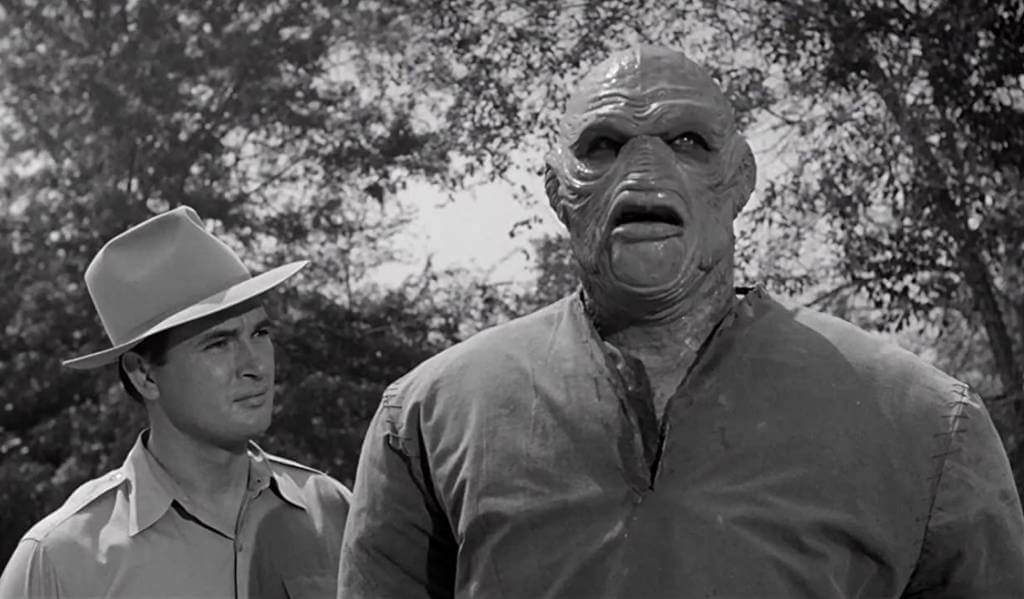
An even more interesting version of the Monster appeared in the animated film *Monsters vs. Aliens* (2009), where the character Missing Link – a fish-ape hybrid – is twenty thousand years old and once caused panic in one of the lagoons. He now works with the government as part of a “monster” team to face alien invaders. This contrasts interestingly with the original monster and its birth during the era of invasion films.
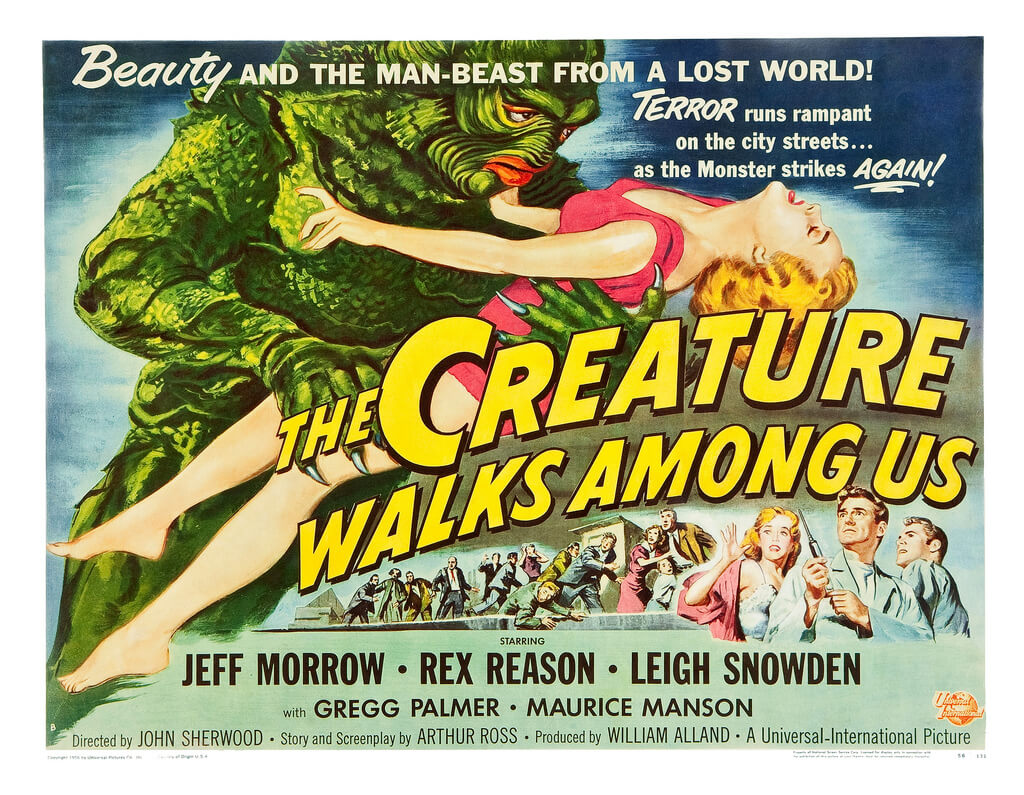
The most intriguing variation of Gill-Man appeared in the unjustly forgotten film The Monster Squad (1987) by Fred Dekker. The film features Count Dracula returning to life and aiming to take over the world. To achieve this, he resurrects classic monsters: Frankenstein’s Monster, the Wolfman, the Mummy, and Gill-Man. A group of kids – as the Cinema of New Adventure shaped an entire generation – stands in his way, fighting the monsters. The film, produced during a time of much looser censorship (today, for instance, no one in a youth film could call a little girl a “bitch,” as Dracula did), presents the Monster in a version very close to its classic counterpart – though stripped of its romantic side and much more brutal. It ends in unpleasant circumstances, killed by a shotgun blast in the hands of one of the kids. The Monster’s appearance was designed by the highly acclaimed special effects artist Stan Winston, known for his work on films like the Terminator series, Jurassic Park, Aliens, Iron Man, and Avatar.
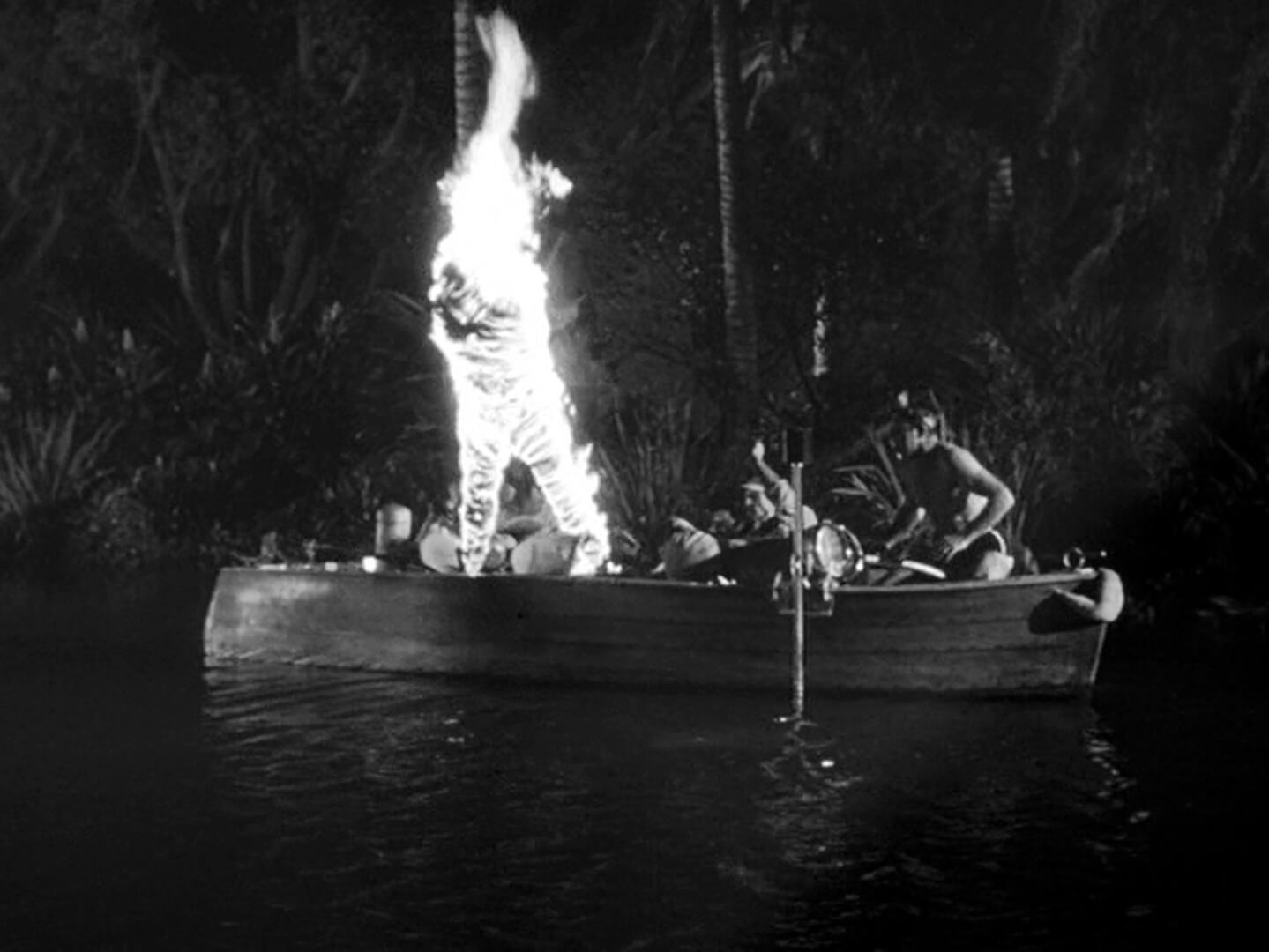
In 1994, comic book writer and artist Mike Mignola (largely inspired by the works of H.P. Lovecraft) came up with the character Abe Sapien – an aquatic creature debuting in the miniseries Hellboy: Seed of Destruction. The fish-human hybrid was found in a special water-filled tank during renovations at St. Trinian’s Hospital. This extraordinary being was raised by humans and ultimately became an agent of the B.P.R.D. – Bureau for Paranormal Research and Defense. Abe significantly resembles Gill-Man, with gentler, more human-like features. He is a representation of the path the classic Creature from the Black Lagoon could have taken if humans had approached him with understanding rather than merely as a scientific discovery. Abe used his extraordinary abilities to become a hero.
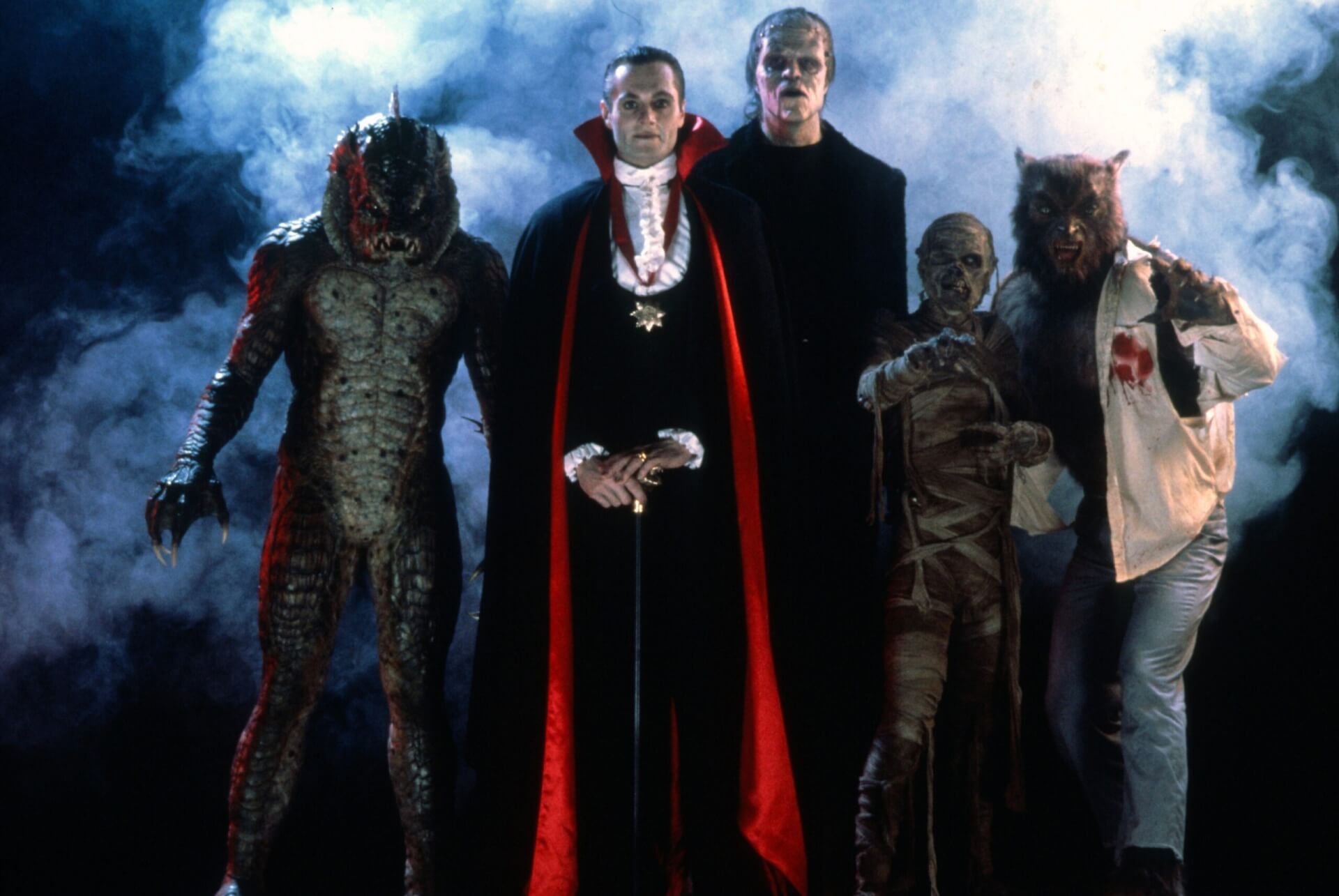
Creature from the Black Lagoon was also the first horror film seen in a cinema by a seven-year-old Stephen King, and it had a tremendous impact on him, which in itself defines the value of Arnold’s film.

Times change. The era of great monsters has long passed, and now the screens are filled with bizarre variations on classic themes. Creature from the Black Lagoon / Gill-Man is the last creature with gothic roots that was truly original and developed entirely new elements within the horror genre. Without him, we would not have seen Steven Spielberg’s Jaws, millions of its clones, or films about killer piranhas, octopuses, and sharknadoes. It is worth returning to the adventures of the Monster and pondering its sad fate, for who knows if some prehistoric humanoid creature isn’t lurking in the unexplored waters of the Amazon.

